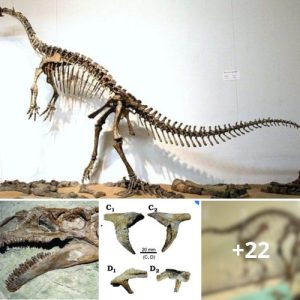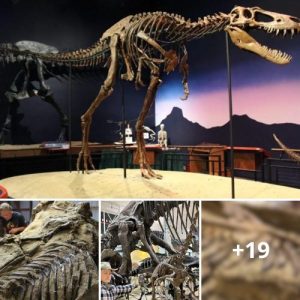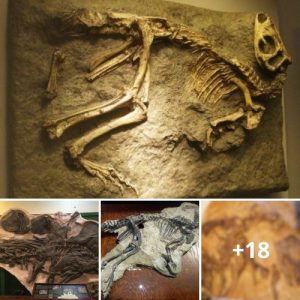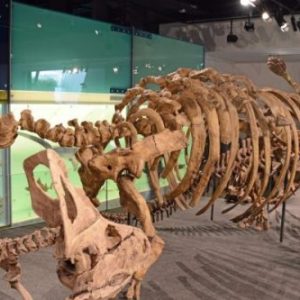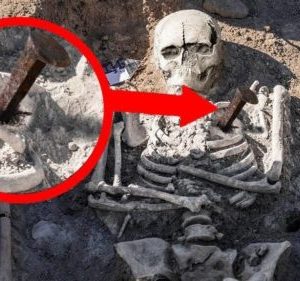The history of ancient civilizations has always been a subject of fascination, full of mysteries and adventures. It’s no wonder that some intriguing and unconventional theories occasionally capture the public’s imagination.
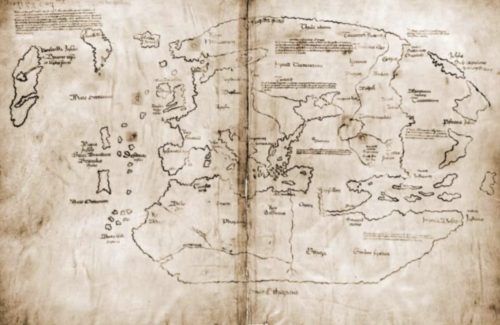
One such theory suggests that the ancient Romans may have explored and even reached the American continent. But is there any credible evidence to support this idea? In this article, we will delve into this controversial theory, examining the lack of substantiated proof, and why it is not accepted by mainstream historians and scholars.
Debunking the Myth
Lack of Credible Historical Records
When it comes to the exploration of ancient civilizations, we rely on historical records and archaeological evidence to piece together the past. In the case of ancient Roman exploration of the American continent, there are no credible historical records to substantiate the claim. Roman history is well-documented, and it lacks any mention of transatlantic voyages or interactions with the inhabitants of the Americas.
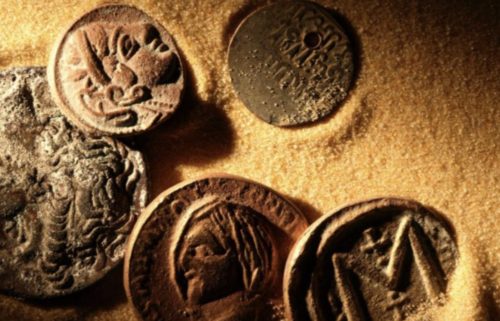
Anachronisms and Geographical Challenges
The idea of Roman exploration of the Americas presents significant geographical challenges and anachronisms. Ancient Romans would have faced insurmountable navigational difficulties in reaching the distant shores of the Americas, not to mention the lack of ships capable of making such a journey.
The Fringe Theory
Claims of Roman exploration in the Americas are typically associated with fringe theories and pseudoscientific ideas. These theories often lack empirical evidence and are fueled by speculation rather than solid research or academic consensus.
Misinterpretations and Hoaxes
Some proponents of the theory point to alleged archaeological findings as evidence of Roman presence in the Americas. However, these claims have largely been debunked as misinterpretations, hoaxes, or the result of overactive imaginations. In the absence of credible and independently verified archaeological evidence, these claims remain unconvincing.
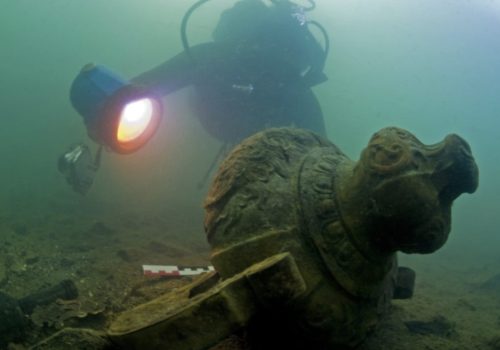
Historical Precedent
The history of Roman exploration and expansion is well-documented, primarily focused on Europe, Asia, and Africa. Romans are known for their extensive network of roads and trade routes, such as the famous Silk Road that connected Europe and Asia. However, there is no historical or archaeological evidence supporting the idea of Romans having direct contact or knowledge of the American continents.
Skepticism within the Academic Community
Academic historians and archaeologists remain highly skeptical of the theory that ancient Romans explored the American continent. These claims lack the rigorous research, peer-reviewed publications, and consensus that are required for a theory to be considered a credible part of our historical understanding.
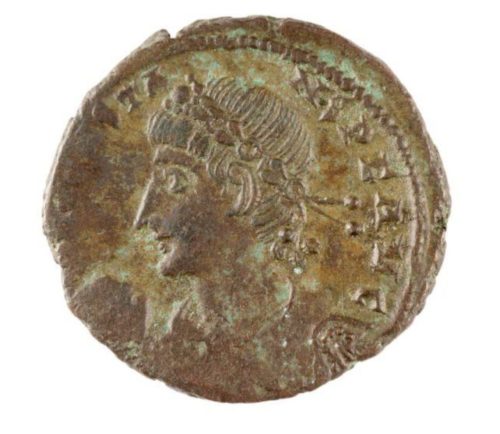
While theories suggesting ancient Roman exploration of the American continent are certainly intriguing, they remain firmly within the realm of speculation and fringe ideas. Mainstream historians and scholars maintain that there is no credible evidence to support these claims.

